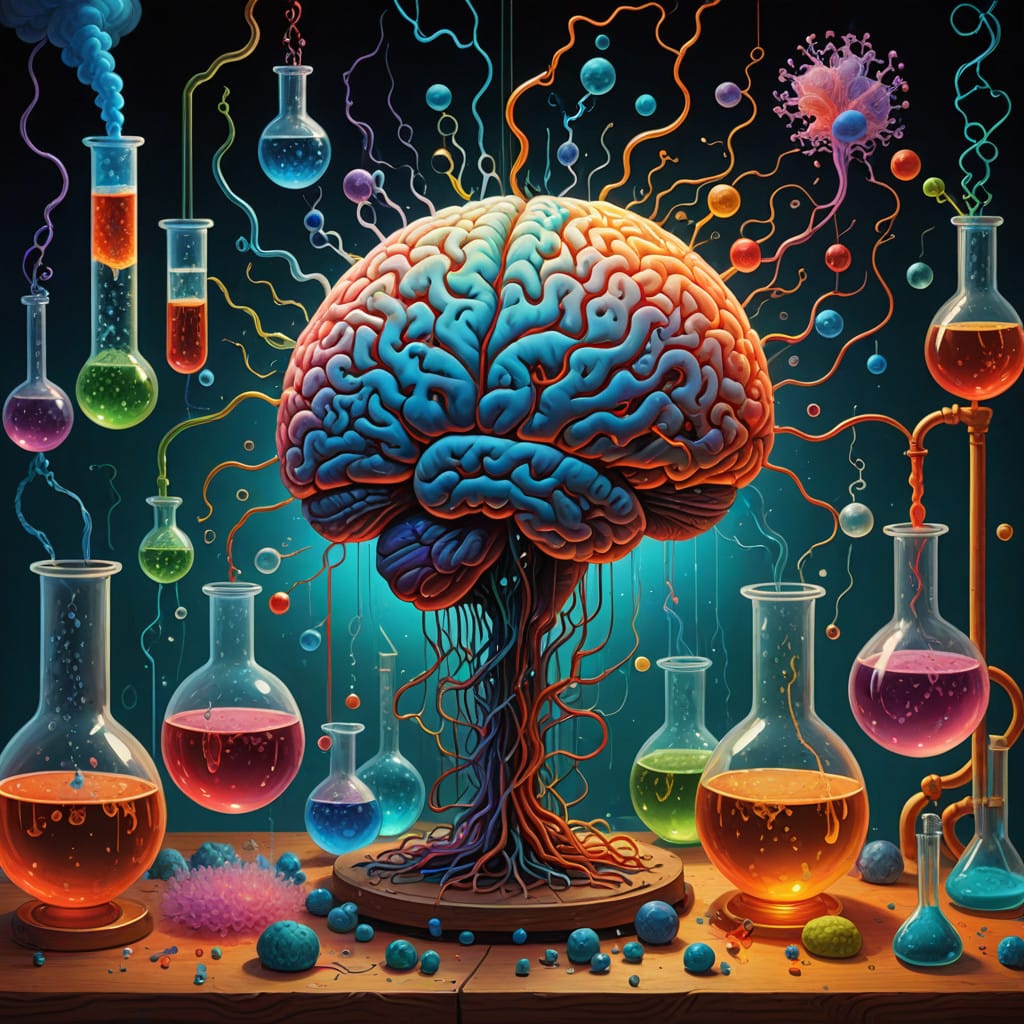What brings you true joy? Maybe it’s the softness of your dog’s fur as you stroke it. Maybe it’s the sight of a sunset over the ocean. Maybe it’s the smell of baking cookies and the sound of your family talking and laughing nearby. Joy, in all its forms, lights us up from within, but we don’t have to rely on our own intuition and experiences (not that they aren’t great!) to better understand how to cultivate it: scientists have been working hard to help us.
Let’s talk about how science plays a role in our pursuit of joy. And don’t worry, this isn’t going to be one of those dry, lecture-style explorations. Think of this as a little journey through the lab-coated side of life’s best moments.
The Chemistry of Happiness
Our brains are, in a way, mini-chemistry labs. When you experience something joyful—whether it’s a surprise hug or the perfect bite of chocolate cake—your brain kicks off a cascade of chemical reactions. Dopamine, often called the “happy hormone,” is released, giving you that warm, fuzzy feeling. Serotonin, oxytocin, and endorphins also join the party, each playing its own unique role in keeping you smiling.
But here’s the cool part: researchers have found that you can prime your brain to release these chemicals more often. Regular exercise, for example, boosts endorphin levels, while simple acts of kindness increase oxytocin. It’s science, but it’s also magic in motion.
Why Your Brain Loves a Good Story
Ever wonder why some moments stick with you longer than others? It turns out our brains are wired to respond to stories. Neuroscientists have discovered that when we hear a compelling narrative, our brain activity mirrors the storyteller’s. It’s like we’re stepping into their shoes, feeling what they feel. This is why we love a great novel or that heartfelt chat with an old friend—those connections are literal brain food for joy.
So, next time you feel like life’s a little flat, try diving into a good book or reminiscing about a favorite memory. You’re giving your brain exactly what it craves.
The Joy of Curiosity
Now let’s talk about curiosity—that spark of “What if?” or “I wonder?” It’s not just for kids or quirky inventors. Research has shown that when we explore something new, our brains light up with excitement. Learning a new skill or exploring an unfamiliar place gives us a dopamine boost, similar to the way we feel when we achieve a goal.
And the best part? You don’t need to become an expert to feel the effects. Even small acts of exploration, like trying a new recipe or learning a few phrases in another language, can bring a surprising amount of joy.
The Science of Connection
Human connection might just be the most powerful joy generator of all. Studies have shown that our brains are deeply social; we’re hardwired to thrive on meaningful relationships. Sharing a laugh, lending a helping hand, or even engaging in small acts of gratitude can deepen bonds and boost happiness for everyone involved.
There’s even evidence that our joy is contagious. When you’re around someone who’s truly happy, your brain picks up on it, releasing those same feel-good chemicals. So, in a way, spreading joy is like a little science experiment you can take with you wherever you go.
Finding Joy in the Everyday
One of the most fascinating insights from science is that joy isn’t just found in the grand, extraordinary moments. In fact, it’s often hidden in the everyday—a warm cup of tea, the rhythm of your favorite song, or the quiet satisfaction of finishing a task. Researchers call this “savoring,” and it’s as simple as slowing down and noticing the good stuff.
Think about it: when was the last time you really paid attention to how the sunlight dances on your kitchen counter? Or how it feels to stretch out in bed after a long day? These moments, small as they may seem, are joy’s secret hiding places.
The Takeaway (If There Is One)
So, while joy might feel like a fleeting, mysterious thing, science shows us that it’s actually something we can cultivate, like a garden. It’s not about forcing happiness or chasing it down with a checklist. It’s about understanding how our brains and bodies work, then leaning into the things that naturally make us feel alive.
Joy isn’t just an accident or a stroke of luck. It’s a blend of chemistry, curiosity, and connection—all backed by the quiet genius of science. And the more we understand it, the more we can embrace it in all its delightful, surprising forms. So go ahead, let a little science guide you to joy. You might just find it’s been there all along, waiting to light you up.

